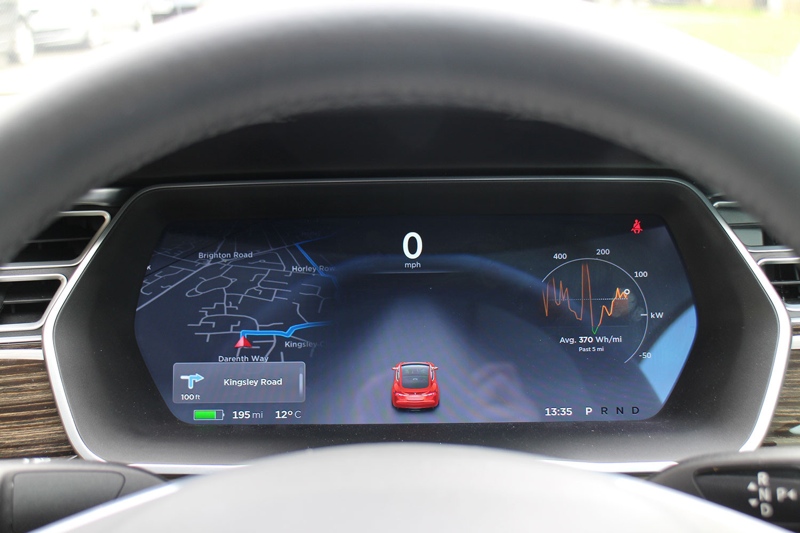Despite editorials arguing that Tesla is irresponsible for excluding LiDAR from the sensor package that enables autonomous and semi-autonomous driving in its cars, it looks like Elon Musk is sticking to his guns. In a few recent Twitter updates, he explained that the company will continue to rely on radar for positioning purposes.
Then he dropped a very interesting bit of news: Tesla will be using the radar sensor to produce point clouds. IEEE explained that a radar could do this by “making repeated measurements as the car moves, each time getting a slightly different point of view.”
Working on using existing Tesla radar by itself (decoupled from camera) w temporal smoothing to create a coarse point cloud, like lidar
— Elon Musk (@elonmusk) July 15, 2016
Of course, a solid-state LiDAR device like the ones promised to automotive manufacturers by Quanergy can generate a point cloud, too, and at a much higher resolution and a cost below $300 per unit. So you might wonder why Tesla insists on using radar.
Musk didn’t go into depth (it was on Twitter, after all) but he did explain that Tesla’s radar is using a wavelength of 3.9 mm, which he believes to be “a good size for both decent resolution and rain penetration.”
This means Tesla believes that radar can be tweaked to produce point clouds that are precise *enough* for autonomous and semi-autonomous driving while still penetrating rain, snow, fog and dust. If this is true, radar could actually have a leg up on LiDAR for autonomous vehicle application.
As an writer who often argues that each use case requires careful thought about the most appropriate technological solution, I’d be hard-pressed to argue with this logic. Then again, maybe you know something about this that I don’t. Is Musk onto something? Is he full of hot air?






